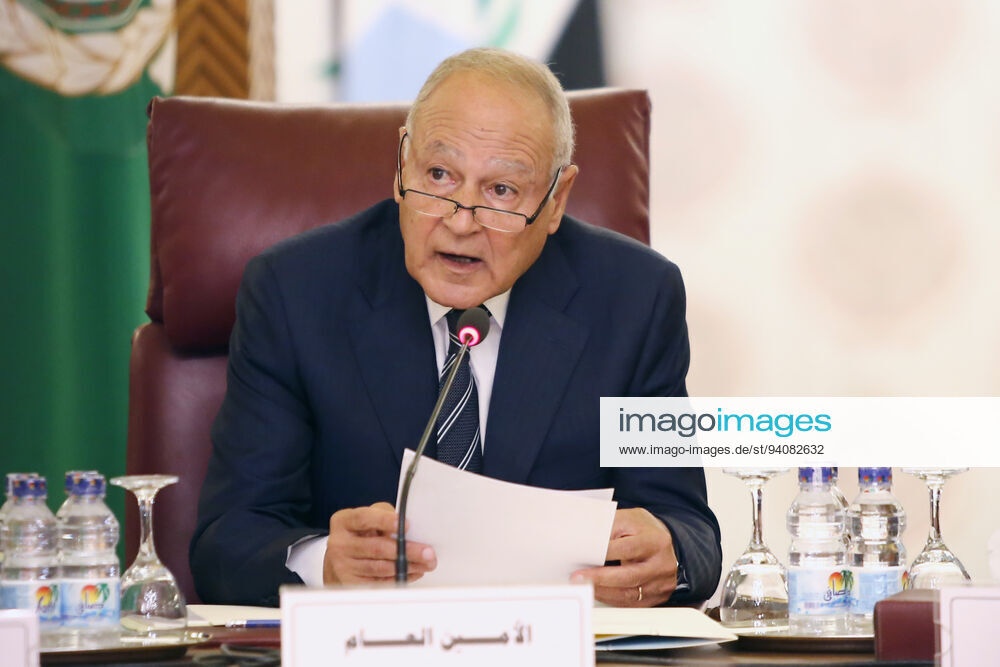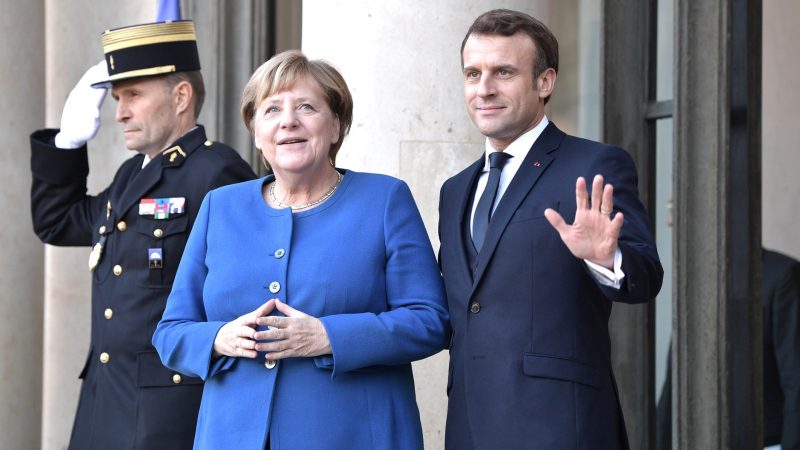After its dismal failure to resolve the crisis in Yemen, the Arab League has now shifted its focus to Libya.
This shift became obvious in June 2020 when the Arab League foreign ministers met and stated that they wanted to avoid a new battle in Libya. They called for a truce as the warring sides mobilise near the main oil region as their foreign backers threatened an escalation.
“Libya is passing through a dangerous turn in the course of its conflict,” Arab League Secretary-General Ahmed Aboul Gheit said in a statement in June.
“The military option will not achieve victory for any side … and the military action will not bring peace or establish stability on the Libyan soil. The political solution is the only way to settle the Libyan crisis. Gheit told the online emergency meeting of the foreign ministers. The meeting was called by Egypt to discuss the disturbing developments in Libya.
The summit pushed for a ceasefire on all battlefronts, especially around Sirte that will enable the Libyan parties to re-engage in the United Nations-brokered negotiations to reach an agreement for a comprehensive and permanent ceasefire all over the country.
Prior to the meeting, Libya’s internationally recognised Government of National Accord (GNA) rejected Egypt’s invitation to hold a meeting, saying that calls for peace talks were being initiated by allies of the eastern-based renegade military commander Khalifa Haftar. That was after Egyptian President Abdel Fattah el-Sisi had called on the GNA to stop its counteroffensive against Haftar’s forces east of the capital, Tripoli, threatening military intervention and criticising Turkish involvement in Libya.
Prior to the meeting, Libya’s internationally recognised Government of National Accord (GNA) rejected Egypt’s invitation to hold a meeting, saying that calls for peace talks were being initiated by allies of the eastern-based renegade military commander Khalifa Haftar. That was after Egyptian President Abdel Fattah el-Sisi had called on the GNA to stop its counteroffensive against Haftar’s forces east of the capital, Tripoli, threatening military intervention and criticising Turkish involvement in Libya.
Not too long ago, the Arab League had pushed for the formation of a joint military intervention force for Yemen. The Arab League was similarly alarmed by Yemen’s drift to civil war, thus leading to their joint decision to create a joint military force that could bring some stability to the region and in a way serve as a counterweight to the influence of Iran. The intervention force was made up of volunteer nations and on formation could be called up once a member state is under security threat. The creation of the force was no doubt a defining moment for the entire region with Saudi Arabia in the lead.
With the Yemen crisis as its main agenda, the pact was signed by the leaders on the second day of the Arab summit in the Egyptian Red Sea resort of Sharm el Sheik.
Prior to the new pact, Saudi Arabia had led airstrikes targeting key military sites and weapons depots in an effort to drive out Shiite Muslim Houthi rebels who had advanced through the country.
The Secretary-General of the Arab League at the time, Nabil Elaraby thereafter issued a statement saying that the coalition operation would “continue until the Houthi militias withdraw and submit their weapons,” adding that the challenges faced by Arab nations are “obvious and unquestionable” and that intervention in Yemen became necessary after all peaceful avenues were exhausted.
Sources within the Egyptian military have revealed that the proposed force would comprise 40,000 elite troops and headquartered in Cairo or Riyadh. Participation by member states in the intervention force was made optional after Iraq became the first nation to voice its concerns about the idea.
The airstrikes have driven out the militias out of contested air bases and all Yemeni jet fighters had been destroyed. Yemeni Scud missiles have also been targeted and eliminated. But the Houthis still hid some missiles even though Saudi-led forces have continued to work hard to locate them. Saudi Arabia in the meantime has warned that it was ready to act against West’s policy in Middle East, particularly a determination to independently arm Syrian rebels. This is in clear rejection of the diplomatic tactics of its Western allies. Its ambassador to the UK at the time had said to the New York Times, that US-led diplomacy in the region was risking the stability of the Middle East, “We believe that many of the West’s policies on both Iran and Syria risk the stability and security of the Middle East. The West has allowed one regime to survive and the other to continue its programme for uranium enrichment, with all the consequent dangers of weaponisation.”
Divisions within the Arab League has become so noticeable with Iran now having considerable influence in Beirut, Damascus and Baghdad. It is this that infuriates Saudi Arabia that has recently become a prominent source of funds for rebels in Syria. Before now the Saudis have mostly waged the Sunni-Shi’ite struggle through proxies, arms deliveries and clandestine operations. The war in Yemen has escalated gravely as Iran has since intervened militarily in favour of the Houthis.
In spite of the dangerous nature of the conflict in Yemen, the West have shown little skilfulness in managing this region-wide war. Characteristic of the Obama doctrine and the disjointed foreign policy strategy of Donald Trump, the US has practically shied away from involvement. The West has so far shown more confusion than creativity in its response to the crisis in the Middle East.
There is no doubt that the Yemeni conflict has now dragged Iran and the Saudis closer to war. This has become the case as the exiled Yemeni leader accuses Tehran of dividing his country. This is coming at a time the Saudis’ Arab allies have stepped up plans for a ground invasion against Iranian-backed Houthi rebels that had seized power in Yemen.











